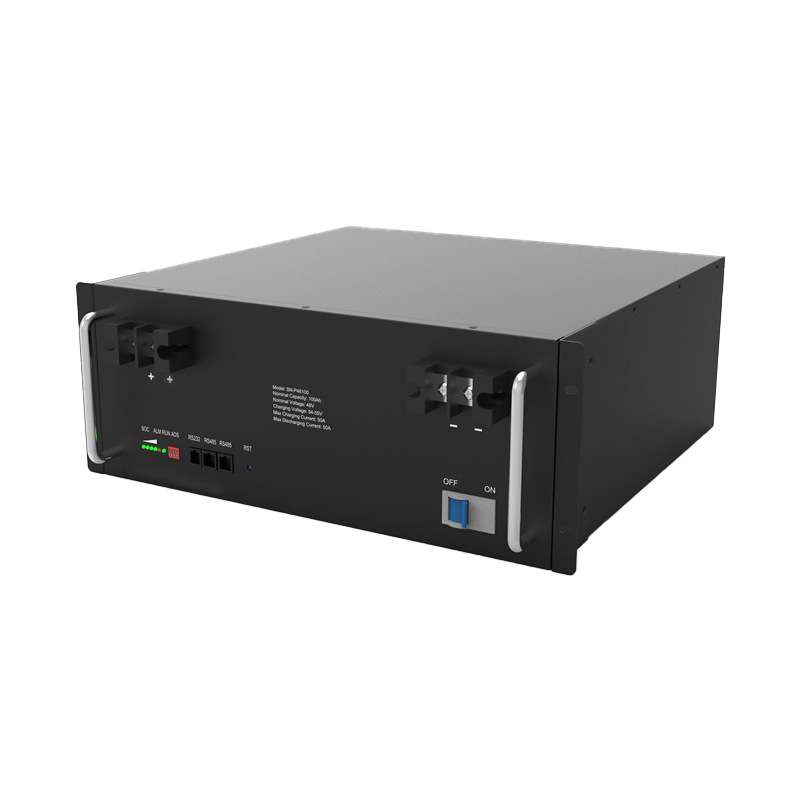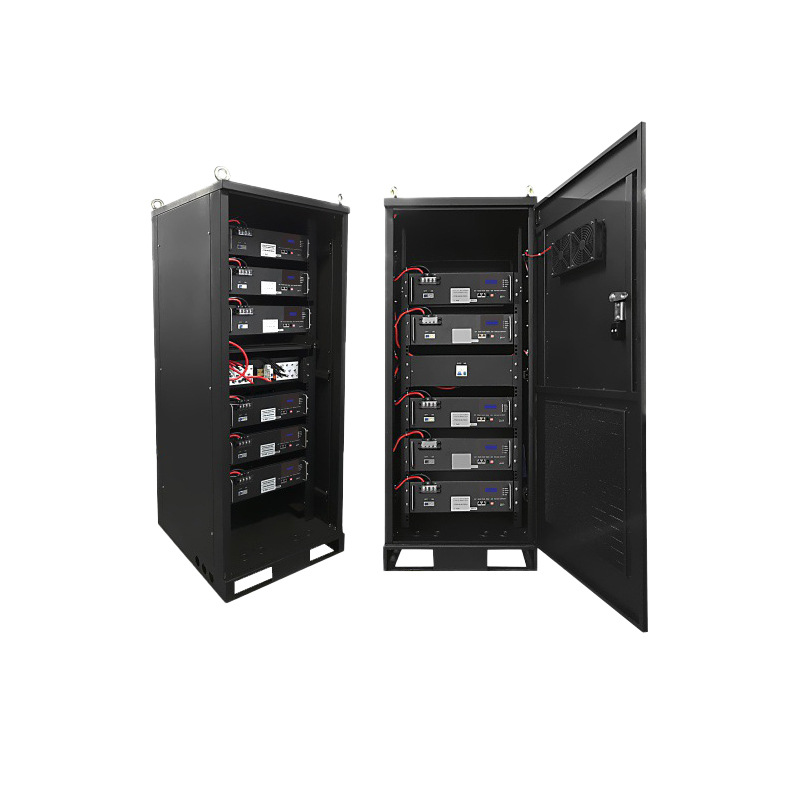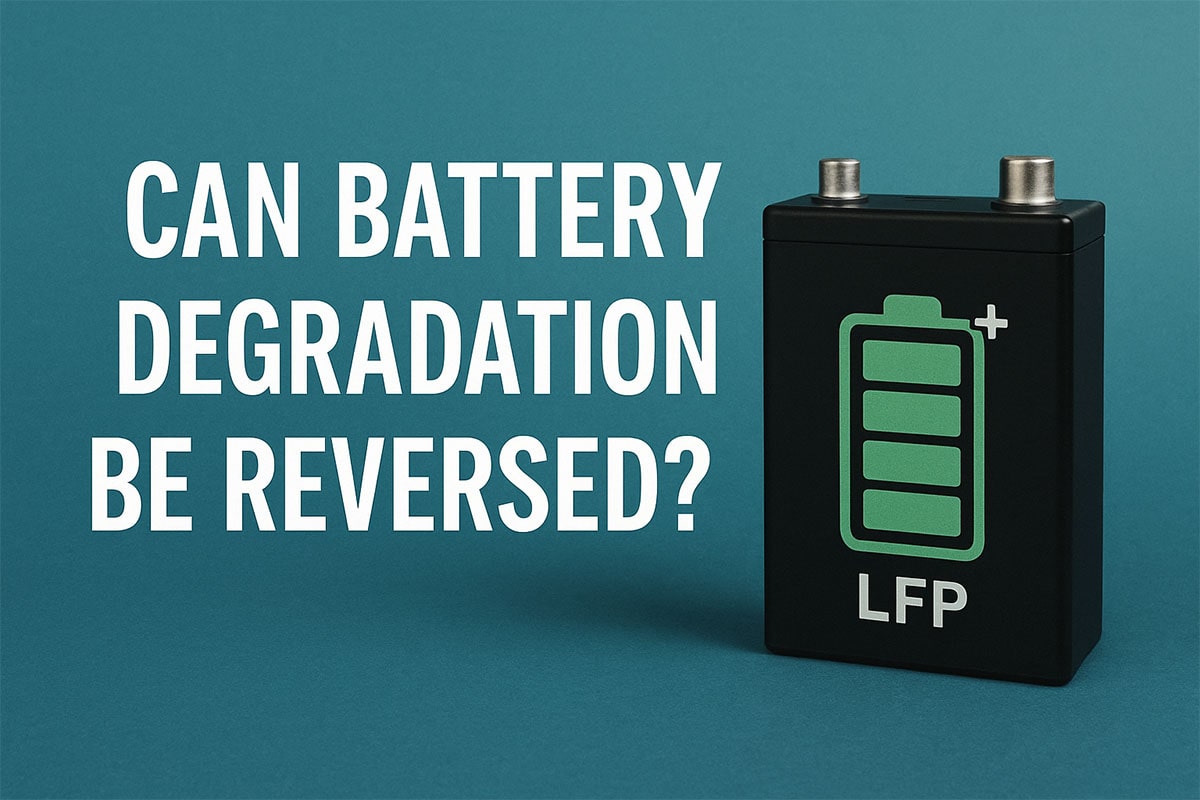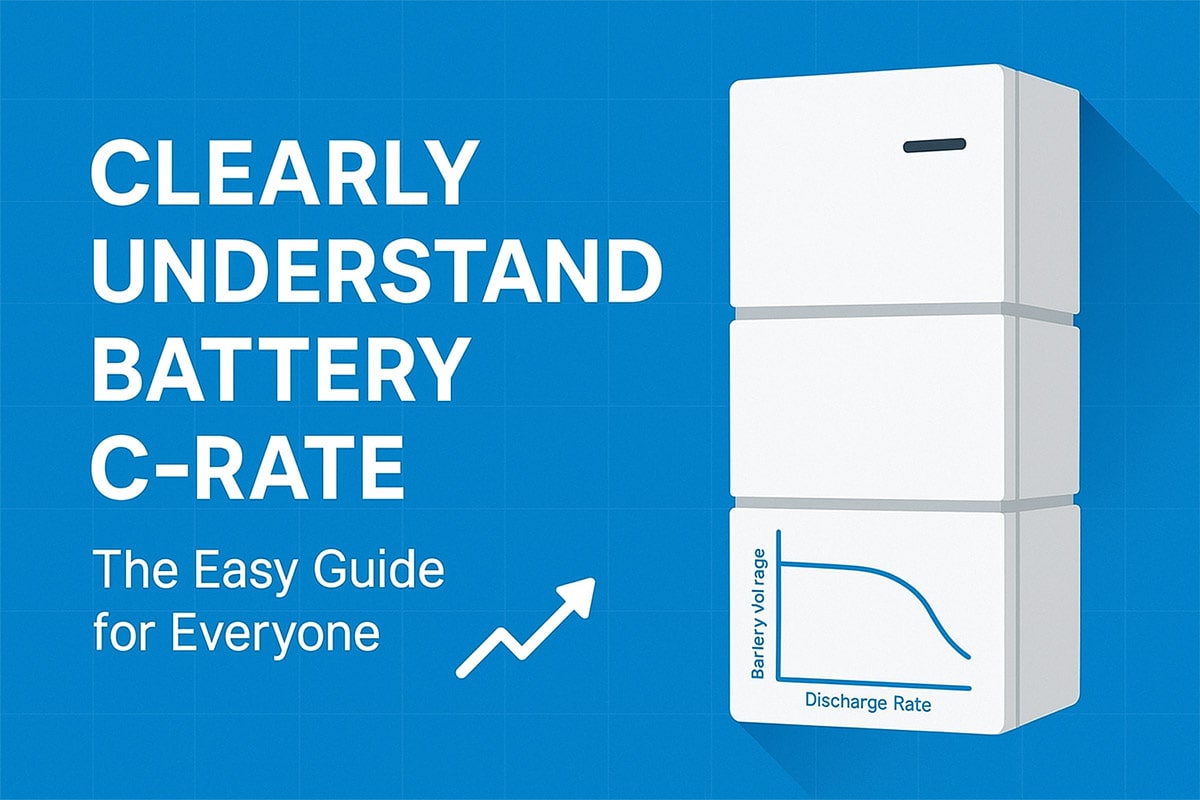How Long is the Life of Lithium Battery, What is the Life of a Lithium Battery Related to
How Long is the Life of Lithium Battery, What is the Life of a Lithium Battery Related to
Lithium batteries are widely used in mobile phones, computers, electric vehicles, street lamps, and small household appliances that are commonly used in our daily life. From the perspective of characteristics and applications, they have broad market prospects. This article introduces in detail the relevant knowledge points about the life of lithium batteries.
1.What is a lithium battery
The scientific name of lithium battery is also called lithium ion battery, which is a battery made of lithium metal or lithium alloy as positive/negative electrode material and using non-aqueous electrolyte solution. According to the characteristics, it can be divided into three categories: chemical batteries, physical batteries and biological batteries.
The lithium battery is composed of two parts: the battery cell and the protection board PCM (the power battery is generally called the battery management system BMS). The battery cell is mainly composed of positive electrode material, negative electrode material, electrolyte, diaphragm and shell. The battery cell is equivalent to the heart of the lithium battery, and the management system is equivalent to the brain of the lithium battery. The protection board is mainly composed of a protection chip (or management chip), MOS tubes, resistors, capacitors and PCB boards.

2. Second, the main material of lithium battery
- Materials, such as natural graphite, artificial graphite, petroleum carbon, carbon fiber, pyrolytic resin carbon, mesophase carbon microspheres, etc.
- Tin-based negative electrode materials: Tin-based negative electrode materials can be divided into two categories: tin-based composite oxides and tin oxides. The oxides of tin-based metals in various valence states are oxides, and there are no commercial products.
- Hydrides: There are no commercial products on the market.
- Alloys: including silicon-based alloys, aluminum-based alloys, tin-based alloys, storage-based alloys, antimony-based alloys, magnesium-based alloys and other alloys, currently no commercial products.
- Nanoscale: nano-alloy materials, carbon nanotubes.
- Nano-oxide: From the analysis of the latest market development trend of the lithium battery new energy industry in 2009, many companies have begun to use nano-silicon oxide and nano-titanium oxide to add to traditional graphite, carbon nanotubes, and tin oxides, greatly increasing Lithium battery charge and discharge capacity and charge and discharge number.
3. Lithium battery life
- The number of deep cycles can reflect the service life of lithium batteries. Usually, the number of deep cycles of lithium batteries for mobile phones and tablet computers is 300-500 times, and the number of high-end lithium batteries is 800-1000 times. Most of the daily use of mobile phones and tablet computers are shallow. Yes, the cycle times of ordinary lithium batteries can reach more than 1000-2000 times. Therefore, lithium batteries can be used for more than two years under the condition of charging and discharging every day.
- Under a certain charge and discharge system, before the battery capacity drops to a certain value, how many times the battery can withstand full charge and full discharge refers to the cycle life. Battery capacity and battery life decrease with each cycle. The number of charging times is not equal to the cycle life. If multiple charging is performed in one charge and discharge cycle, it is a cycle of battery loss.
- A single-cell lithium battery has a long service life. When a single-cell battery is connected in series to form a battery pack, the cycle life will be greatly reduced, and the rate of decline will decrease as the number of series-connected cells increases.

4. What is the life of lithium battery related to?
- Depth of discharge and rechargeable times
The number of rechargeable batteries is proportional to the depth of discharge, the shallower the battery discharge depth, the more rechargeable times. The total number of completed charging cycles = the number of rechargeable times * the depth of discharge; the lower the total number of completed charging cycles, the lower the life of the battery, that is: actual battery life = the number of rechargeable times * the depth of discharge.
- Overcharge, overdischarge, and large charge and discharge current
The performance of lithium batteries will be affected by any form of overcharging, causing serious damage or even explosion, so it is necessary to avoid overcharging of the battery. And it is necessary to prevent deep discharge lower than 2.5V or 2V, otherwise it will quickly and permanently damage the lithium-ion battery, and it is also easy to cause a short circuit caused by internal metal plating, making the battery unsafe and unusable. In addition, excessive charging and discharging currents should also be avoided, because high currents tend to put excessive pressure on the battery.
- Too cold and too big environment
The life of lithium batteries is greatly affected by temperature. Electronic products using lithium batteries are easily burned instantly when opened in a sub-zero environment. On the contrary, excessively high temperatures will reduce the capacity of the battery. It is best to turn off digital products, once the operating temperature exceeds 60 degrees, it will accelerate the aging of lithium-ion batteries. Lithium ion discharge temperature range: 0-60℃, lithium battery charging temperature range: 0-45℃.
- Long time full power, no power state
Too high or too low battery status will have an impact on the life of the lithium battery. Long-term low battery or no battery will increase the resistance of the electron movement inside the lithium battery, resulting in a decrease in battery capacity. The intermediate state of the battery is 50 % power is the best state of the lithium battery, and the service life is the longest. Generally, the best state to protect the battery is to maintain the power at 10%-90%.
The above is the relevant introduction about the life of lithium batteries. Around the development of microelectronics technology in the 20th century, small-scale equipment is increasing day by day, and lithium batteries have also entered a large-scale practical stage. It is widely used in energy storage power systems such as solar power plants, wind power, fire power, and hydraulic power, and is also used in uninterruptible power supplies for post and telecommunications, as well as in electric vehicles, military equipment, aerospace, electric motorcycles, electric tools, electric bicycles, etc. application.













